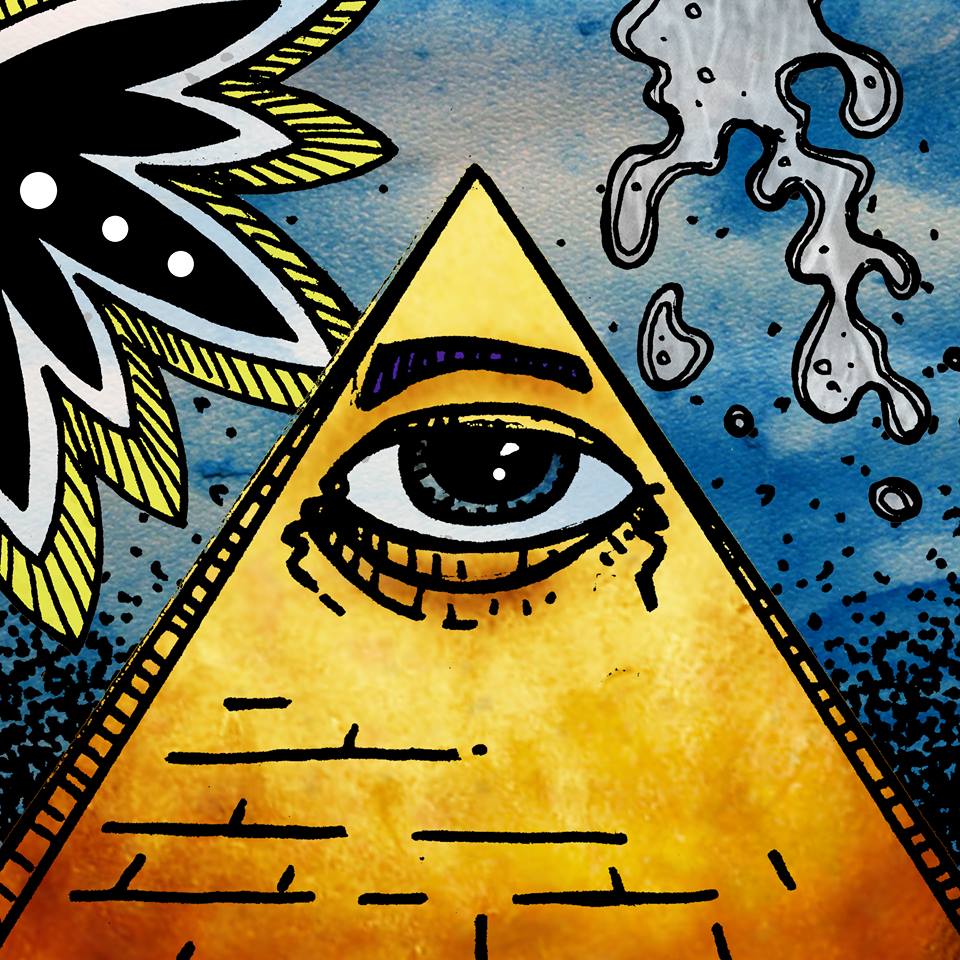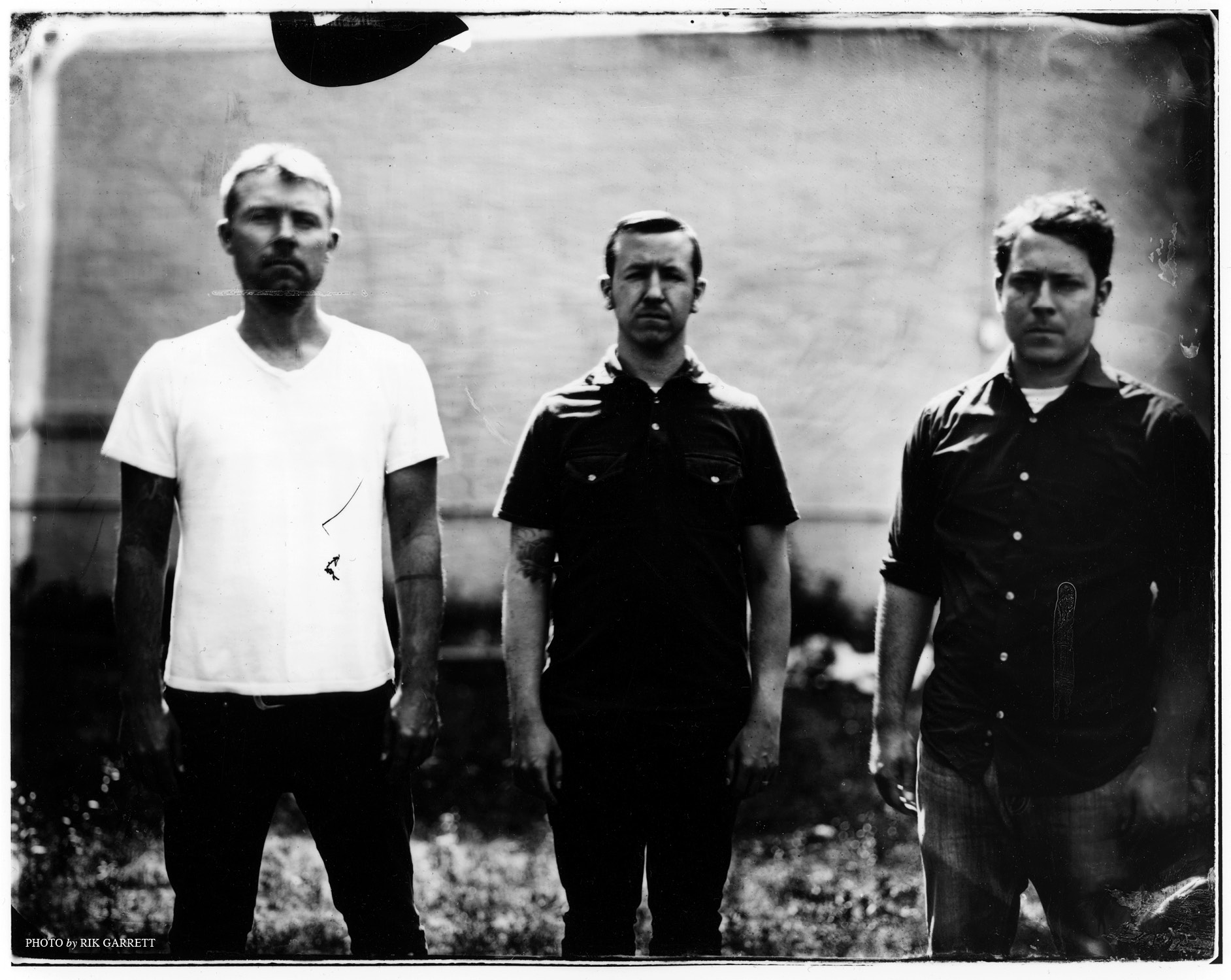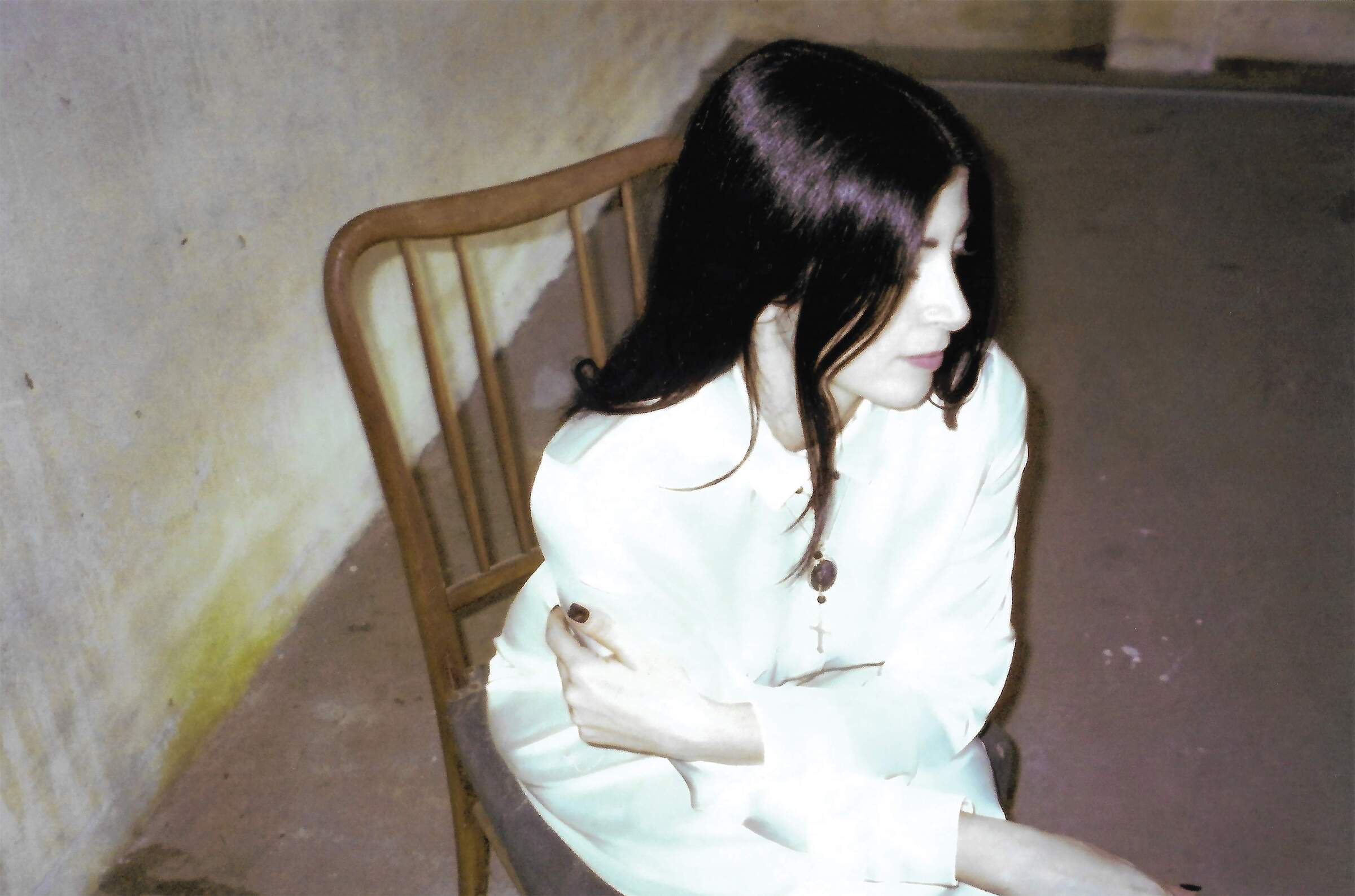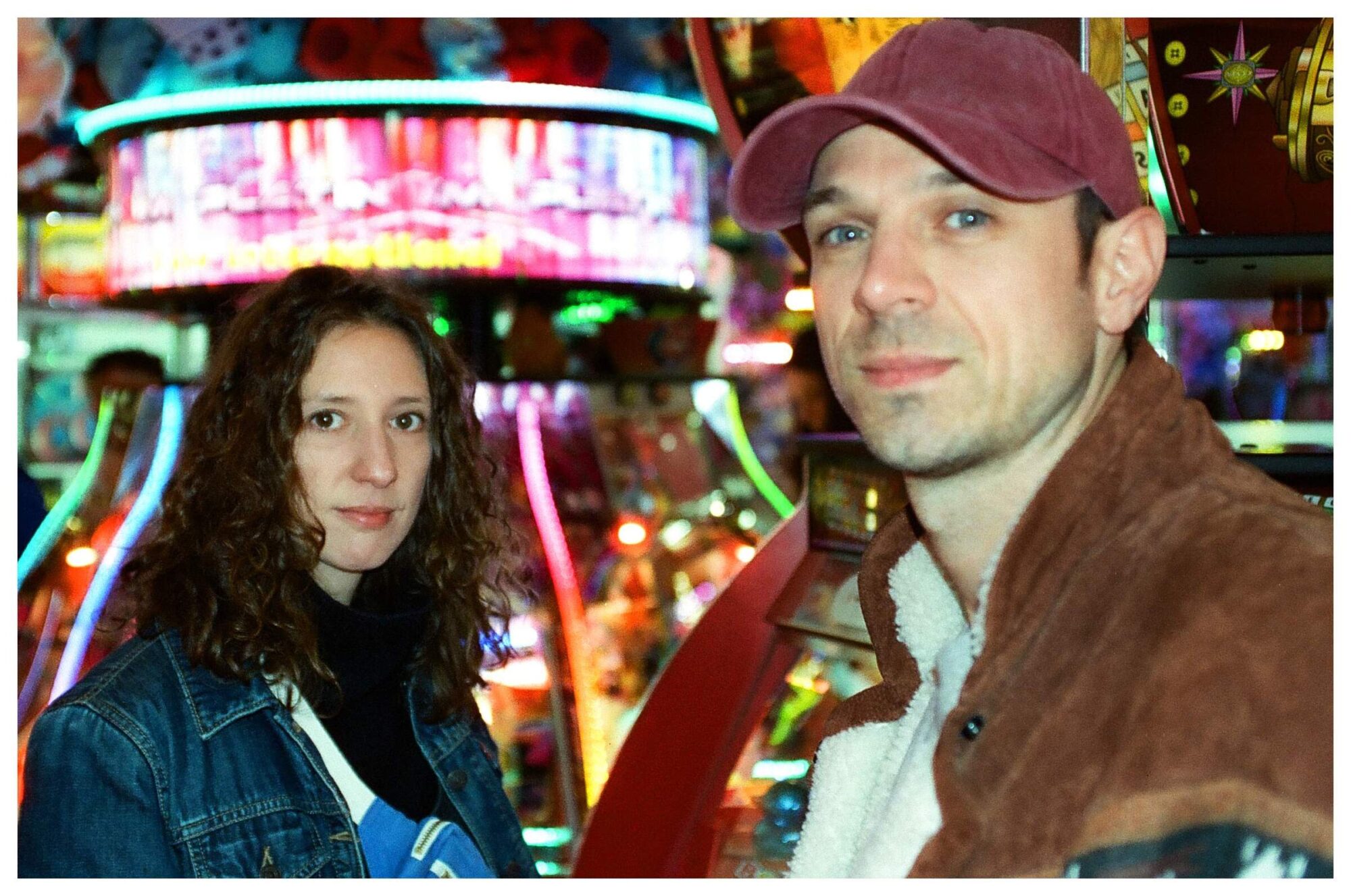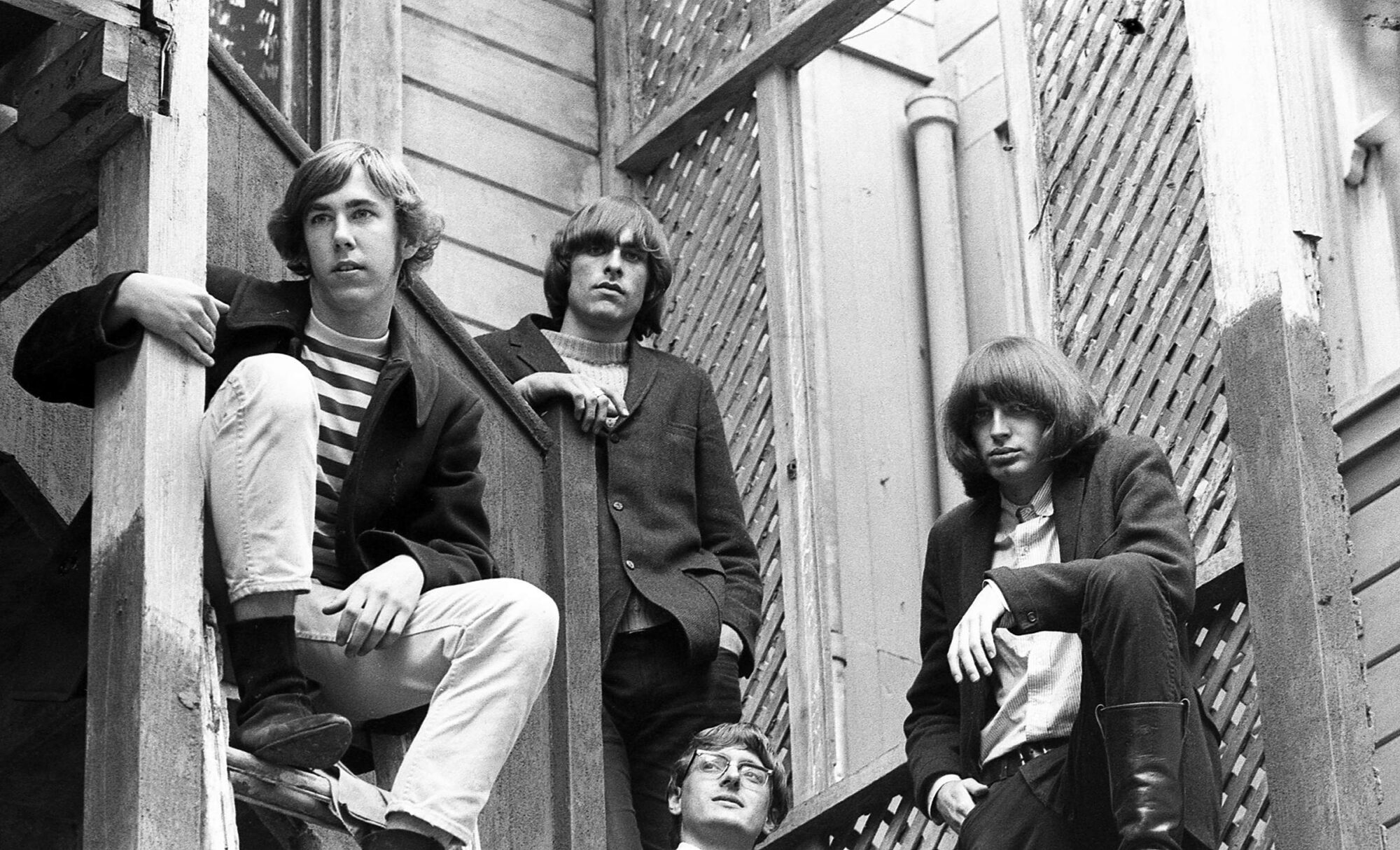Locrian’s ‘The Crystal World’ at 15: Unearthed, Unsettled, Crystallized
‘The Crystal World’ was never meant to survive this long. It was built like an artifact, not a product, a dense slab of sound shaped by tension, decay, and intuition.
Fifteen years later, it feels less like a reissue and more like an unearthing. Locrian, back then, had just begun pushing past their scorched-earth drone origins, peeling back the improvised chaos to reveal skeletal forms beneath. This was a band mid-transformation, not chasing particular style but dissolving it.
The album aches with deliberate ambiguity. Synths smear across tracks like light through fog. Percussion stumbles forward with intent, never fully anchoring. String arrangements arrive not to embellish but to haunt. The language here is texture and temperature, and still it speaks fluently in narrative. You don’t need lyrics to hear the novel inside the noise. It is there in the pacing, in the shift from collapse to stasis, from stasis to a kind of fragile transcendence.
This was also the moment the trio fully locked. Terence Hannum and André Foisy stopped documenting and started composing. Steven Hess’ drumming created a very special space. The studio was no longer a container but an instrument itself. And in the corner of this experimental room sat Justin Bartlett’s cover art, cold and intricate, mirroring the sound like a final layer of sediment. Reissuing this album is an evidence that ‘The Crystal World’ still sounds like a future we haven’t caught up to.

“It doesn’t feel like that album belongs to us anymore.”
‘The Crystal World’ is being reissued 15 years later, a pretty big deal. When you cast your mind back to the original recording sessions, what’s that one specific memory or feeling, completely untainted by hindsight or the album’s later legacy, that still hits you strongest?
Terence Hannum: I feel like we knew it was an important statement we needed to make as an album. I think we went in really wanting to challenge ourselves, so I guess I more think of the mindset rather than say a specific day or event.
Steven, you once said your drum parts for this album were meant to be “minimal, slightly off-kilter,” and more “textural.” Could you walk us through the nitty-gritty of how you actually pulled that off? Were there particular techniques you leaned on, drum choices you made, or even deliberate things you didn’t do to get that sound?
Steven Hess: In short, restraint. I wanted to play less but have it make a larger impact for the song and the listener. At the time I was listening to a lot of jazz, free jazz, improvised music, and noise, so I wanted to come at these songs in that sort of direction but still having some sort of structure to them. Heavy but free floating and not always following the beat but being slightly behind it, in front of it, or removing it altogether. For certain tracks I wanted more of a “drum drone” sound, which was just a constant rumbling of the kick and floor tom creating a low frequency texture within the music. I was running a contact microphone from my cymbals through a couple guitar pedals, which you can hear on tracks like Pathogens. I also limited my setup to just the basics: kick, snare, floor tom, and a couple cymbals.
Terence, you’ve talked about how Steven joining marked a shift from a more improvised duo to a more structured compositional approach. Is there a specific track on ‘The Crystal World’ where this new way of working really clicked for you, where you felt the full power of the trio truly lock into place?
Terence: Well, two tracks really were the biggest change for us, and they would be ‘Elevations and Depths’ and ‘At Night’s End.’ Those were the most structured and that André and I hadn’t worked on before.
The album’s title and concept draw heavily from J.G. Ballard’s novel ‘The Crystal World.’ Beyond the overarching metaphor of crystallization, were there any particular scenes, characters, or even just fleeting feelings from the book that directly shaped a specific sonic texture, a track’s progression, or an emotional undercurrent on the album?
Terence: The title track had been titled, I had saved a few references. I was a big fan of those early Ballard novels, it kind of fit the track and then the record just fell into place. I think more the crystallization of the jungle, the ideas of leprosy, it just felt like a mood.
André, the press release mentions your family’s string arrangements adding emotional depth. That’s a beautiful detail. Could you tell us more about how those contributions came about? How were they integrated into the music, and what unique emotional quality do you think they bring to tracks like ‘Elevations and Depths’ that might have been missing otherwise?
André: We had talked early on about wanting to merge acoustic elements with harsher electronics. For ‘Elevations and Depths,’ we had already recorded a final section with 12-string guitar and accordion, but I kept thinking it would be powerful to have strings in the mix too. I play a bit of violin myself, but my sister-in-law Gretchen is an incredible musician, so I sent her the track with some loose notes on the kind of mood we were after. I was imagining droning textures, something in the vein of Tony Conrad.
What she sent back completely transformed the piece. Her parts brought this cold, sad, almost ghostly feeling to the end of the album. There’s this sense of movement in her playing that helped pull all the elements, acoustic and electronic, into a shared emotional space. At the very end, you can hear these wild, expressive violin textures she created, and simultaneously you can hear a tape delay swell I was doing on the Echoplex. That moment really encapsulates the merging of those two worlds we were chasing.
You’ve said the album felt “complete,” and that a narrative structure began to emerge, a departure from earlier work inspired by “greyfields and decrepit architecture.” What exactly shifted, either within the band or externally, that pushed you towards this narrative approach? And how did you, as a band, define what “narrative structure” meant for an instrumental, atmospheric album like this?
Terence: Most of the work before this, save for ‘Drenched Lands,’ ‘Plague Journal,’ and ‘Territories,’ was recorded live, on radio shows, and was more documents of sets as we developed as a duo. ‘Drenched Lands’ was more of a story, like a tale we were building, and that was exciting. I didn’t know if we could do it, so ‘The Crystal World’ was more aligning it with a fictional world, trying something new for us.
The late Justin Bartlett’s artwork for ‘The Crystal World’ is truly iconic and deeply woven into the album’s identity. André, you felt it perfectly captured “the essence of both our sonic explorations and Ballard’s literary vision.” Beyond just how good it looks, how do you feel his artistic interpretation might have actually changed or deepened your own understanding of the music you had created?
André: Justin’s artwork really became part of how people experience the album. When we were recording, we were laying more elements into the music than we had before. We were starting to use the studio as an instrument. The studio was fairly cheap and we had sufficient funds, which allowed us to create textures upon textures and a real sonic diversity. Justin’s work mirrored that. It had that same coldness and intricacy, like a visual drone, something you could stare into and always find new shapes and meanings.
At the time, we were making this record just for ourselves. Over the years, I have realized how much Justin’s art shaped how others connect with it. His interpretation added a visual language to what we were trying to express sonically and emotionally. Now, when I think about the album, I do not just think about the music, I also think about all the people that have connected with it. In some ways, it does not feel like that album belongs to us any more.
Also, the artwork for the album is probably my favorite piece from Justin and it is a great honor that we were able to work on this together. Of course, Keith Utech had a key role in the amazing design for the album and in our collaboration with Justin.
“We were shaping the identity in the moment.”
Collaborations are always a delicate dance between individual ideas and collective alchemy. Erica Burgner-Hannum’s haunting vocals and those string arrangements are distinct elements brought into the album. How did you manage to keep the core Locrian identity intact while weaving in these significant external contributions, making sure they served the overall sonic vision rather than just standing apart?
Terence: Honestly, we were shaping the identity in the moment, adding Steven, using acoustic guitars and accordions, so having Erica sing or Gretchen do violin, it just felt like open. We were kicking it open for us.
When ‘The Crystal World’ first came out, it was seen as a transformative moment for Locrian and, as the release suggests, for the broader experimental music scene. Looking back 15 years on, what do you genuinely believe was the album’s most lasting influence?
Terence: I know for us it was deliberate and intentional. We wanted to make an album we would be proud of, the tracks, the extra album-length accompanying track ‘Extinction,’ and the artwork. We wanted it to be a bit over the top in a way for us. As far as influence, it is the one record people still talk to us about, which is cool, and when we last toured, we still played tracks off of it. So it has some staying power.
Reissues have a way of making you revisit old work. Has anything about ‘The Crystal World’ jumped out at you, perhaps something you’d forgotten or a layer that reveals itself differently now, after all this time has passed?
Terence: The remastering by Brad Boatright has brought out a lot of sonic detail. It is just a way deeper version now, like how I used this old test oscillator, and just some of the layers of vocals I forgot I buried in there.
Steven: Exactly. Brad really brought out some details that I had not heard before or heard since the original recording and mixing of the album.
The album is described as being “curated as much as it is conjured.” What does that distinction mean to you when thinking about your creative process for this record? Can you recall moments where the deliberate “curation” of sounds and ideas felt more prominent than the intuitive “conjuring”?
Terence: For me, more along with ‘Extinction,’ we wanted to make this sonic response you could listen to alone or alongside the album that could enhance the experience. That was very curated.
Steven: A companion piece that could be played at the same time as ‘The Crystal World’ on a different player to create a whole other layer. More Zaireeka than Pink Floyd/Wizard of Oz mashup.
The phrase “a sound that resists genre” often follows Locrian. While ‘The Crystal World’ certainly defies easy labels, do you ever feel a conscious push and pull, or perhaps a sense of liberation, in operating outside traditional boxes? How does that dynamic influence how you approach writing and performing your music?
Terence: Yeah, it can be a curse as much as a gift. Honestly, it is just how we work now. Our interests and influences are fairly broad and it filters back in. I take it as an honor now.
Steven, you called the initial invitation to play, which led to full-time membership, “a stroke of luck.” Can you pinpoint a specific moment early on as a trio where you distinctly felt that “click” Terence mentioned… where the collaborative energy truly solidified into something greater than just individual contributions?
Steven: To be honest, I felt that “click” on day one of the recording sessions. I do not know how to actually describe it but it was immediately there. We had similar thoughts, ideas, and it was just very easy to play with these guys. At that time I was not looking to join or be in a metal band. I was busy doing other music that was pretty far removed from that world, but you know when something clicks like that, it can also have more control in steering your artistic path than you ever expected. The energy only intensified a few months later once we started writing material and recording the follow-up record The Clearing.
The concept of “entropy,” of decay and shimmering stillness, is tied to Ballard’s novel and your album. How does this idea truly manifest itself sonically in ‘The Crystal World’?
Terence: I think through the synths and delays on everything.
Steven: Through the uneasiness and sonic chaos that we created together. There is order and structure, but at times the overall sound can seem random or confusing to the listener.
For new listeners who might discover ‘The Crystal World’ through this reissue, if you could offer them a bit of context to help them fully immerse themselves in the album’s world, what would it be?
Terence: I do not know, go in with an open mind and thanks for listening.
Steven: Still to this day, whenever I listen to the record I get a visual of struggling to make my way through a thick jungle canopy, and in this case, a jeweled or slightly crystalized jungle during those long intro and outro parts, only getting to what I might have been searching for when the heart of the song really kicks in. It is a crazy journey, so really let your imagination go wild. I recommend reading the book as well, that will only enhance the images in your head.
Considering ‘The Crystal World’s’ place roughly in the middle of your extensive discography, sitting between your earliest explorations and your more recent works, how do you now view its relationship to your very first recordings? What foundational elements or nascent ideas from those early days do you feel truly blossomed on ‘The Crystal World,’ and conversely, what aspects of your sound from that “middle period” might have been deliberately stripped away or expanded upon in your later material?
Terence: That is a good point. I mean, in that light it is the perfect place, I think. It has those improvisational noise moments and then these small structured suites. I would say we started that as a template to play with moving on. I mean, listen to ‘New Catastrophism’ and then ‘End Terrain’ and you see us maybe pulling apart the ideas into more sustained pieces.
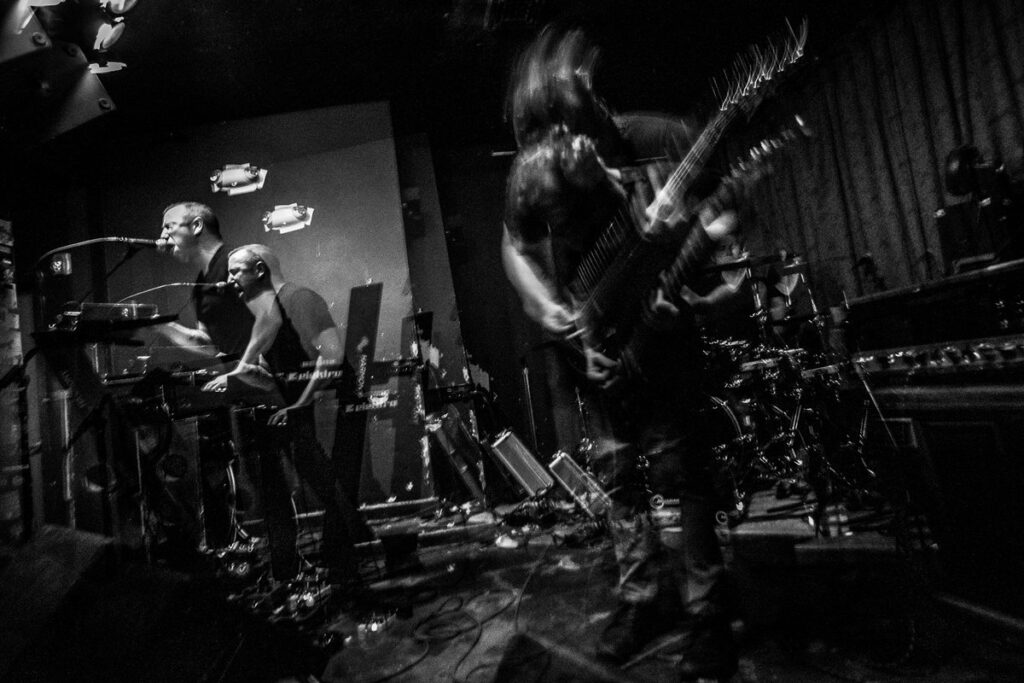
17. What is next for you?
Terence: We are working on some more reissues, of super old CDRs and cassettes. More soon.
Steven: A new record at some point.
Klemen Breznikar
Headline photo: Rik Garrett
Locrian Facebook / Instagram / Bandcamp
Utech Records Facebook / Instagram / YouTube / Bandcamp
